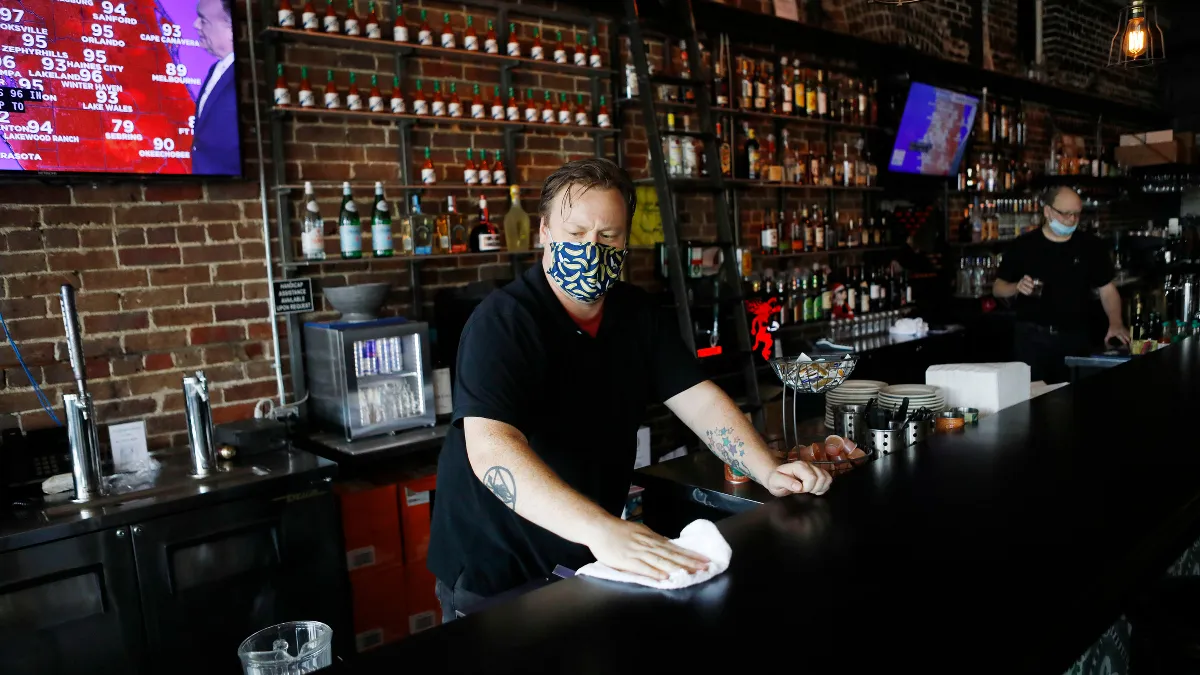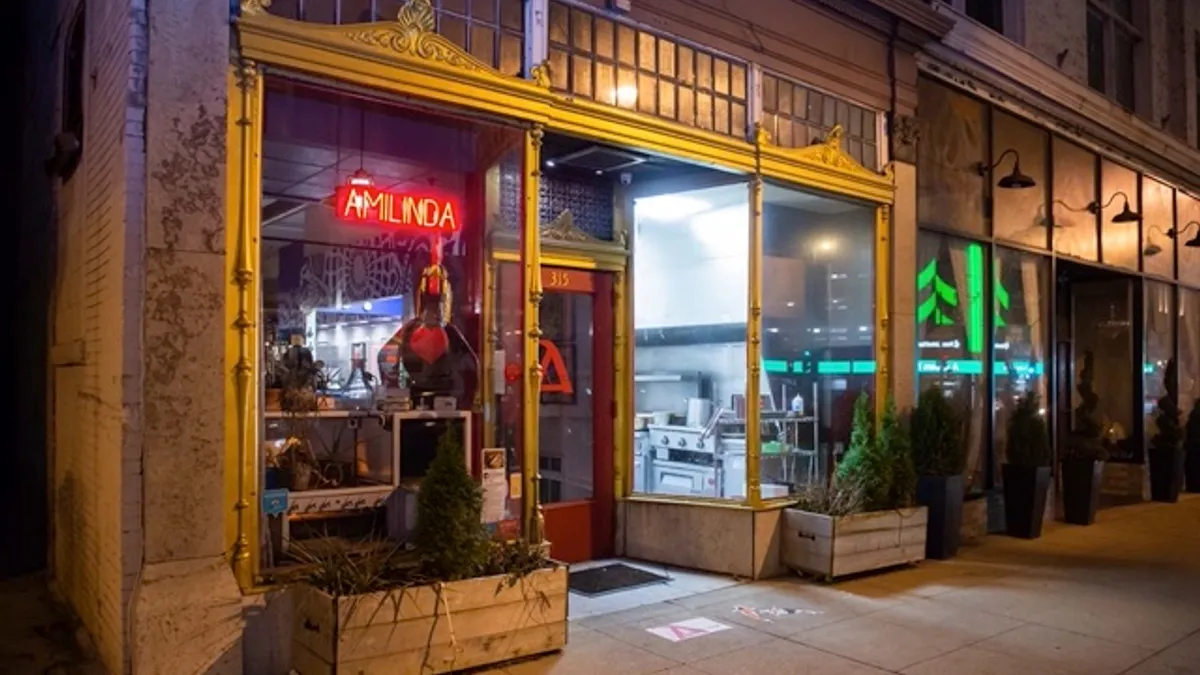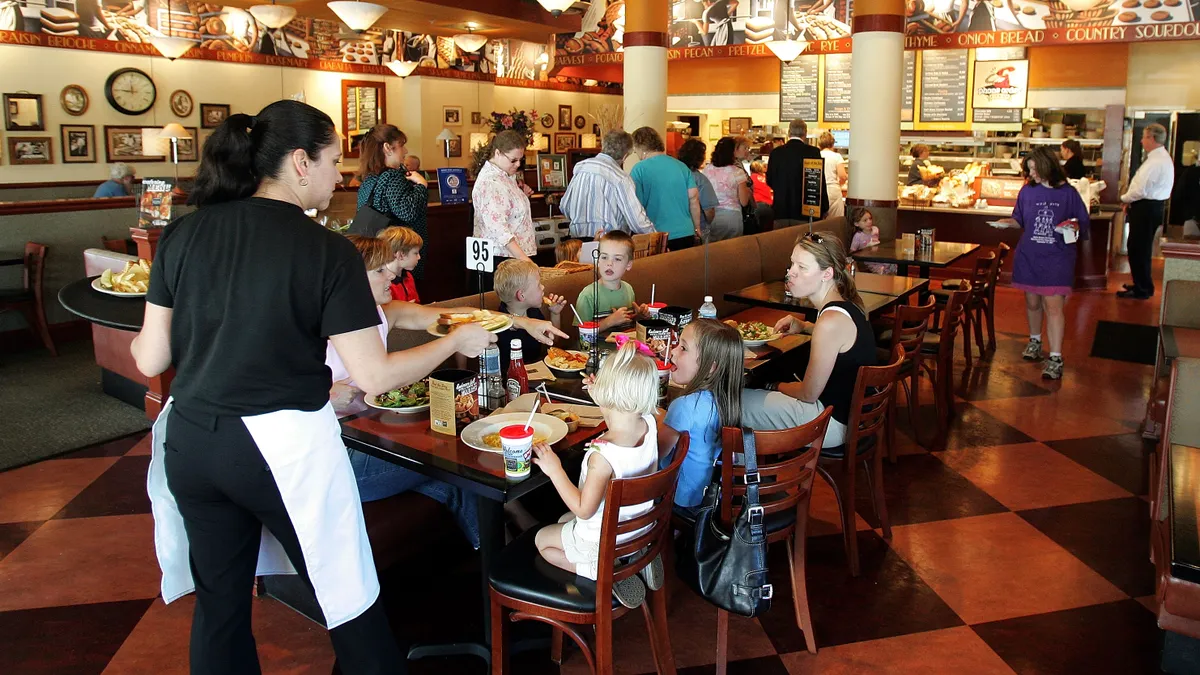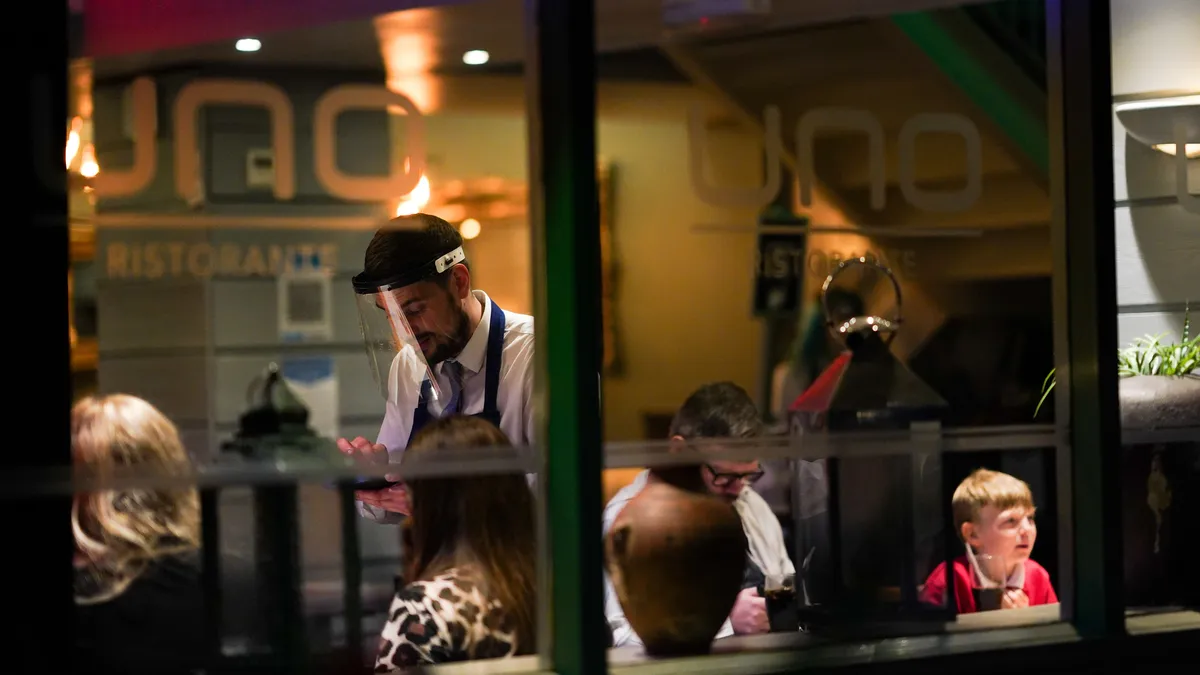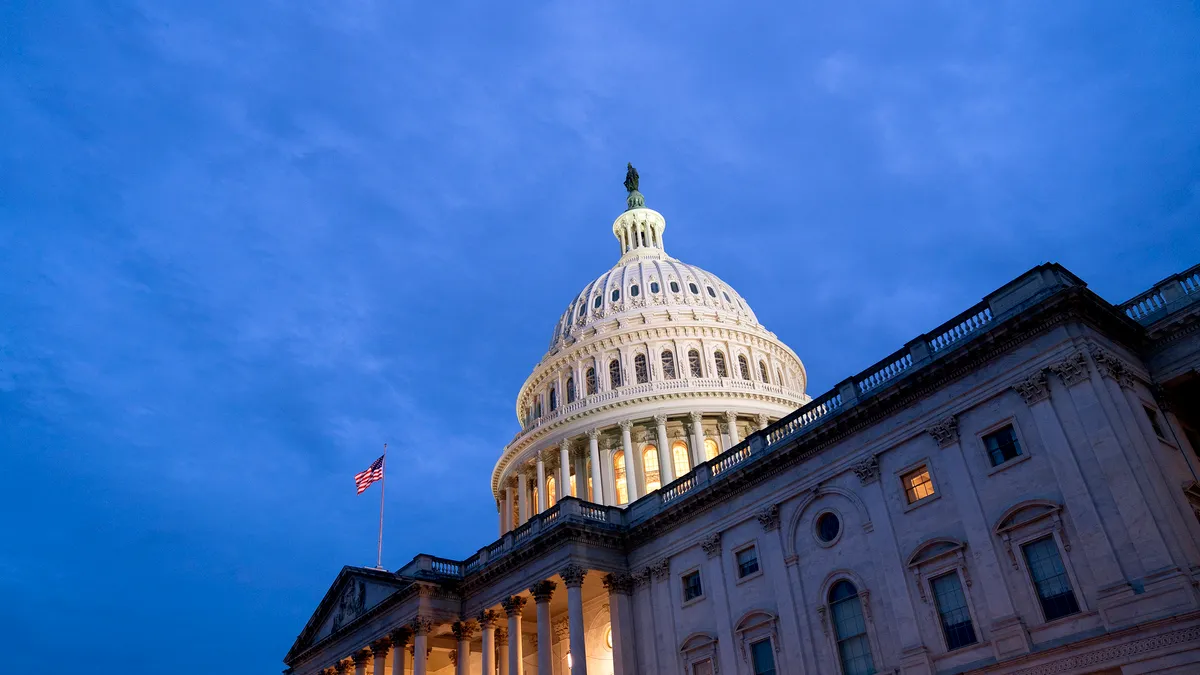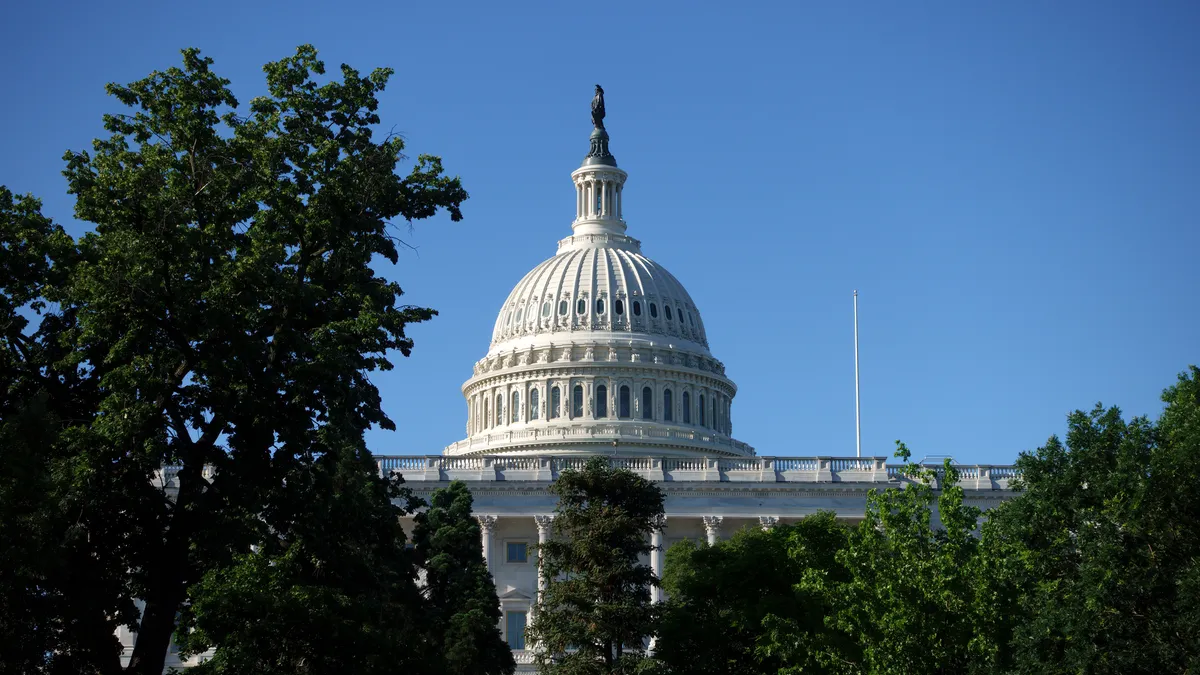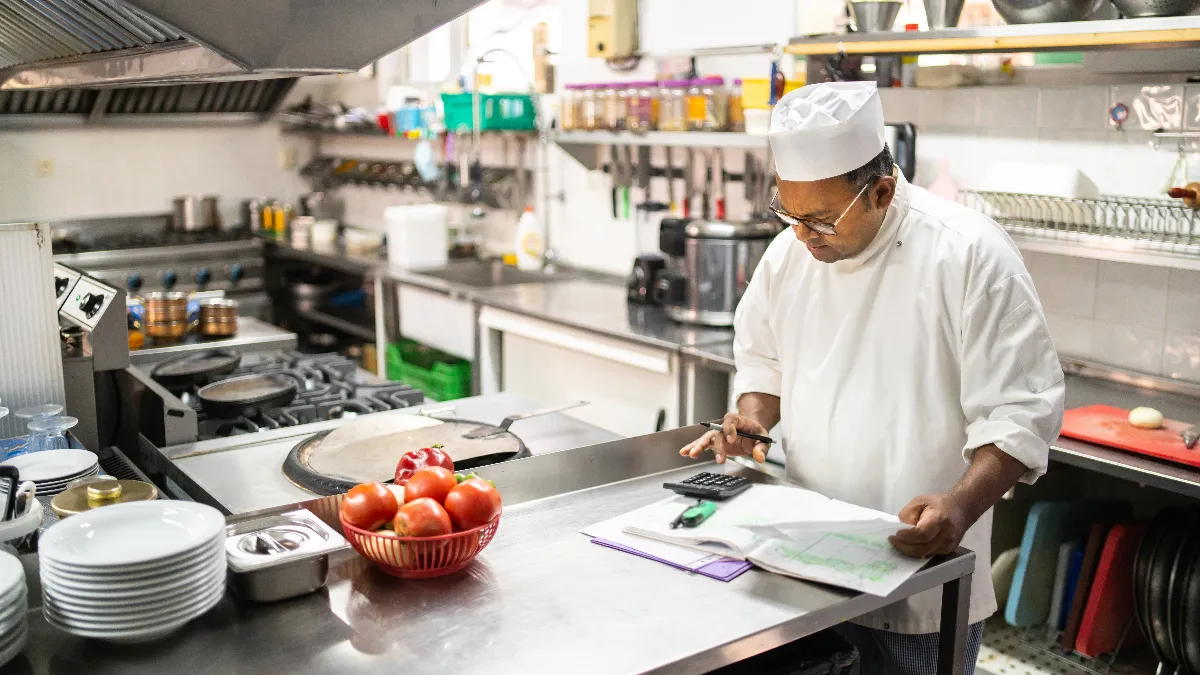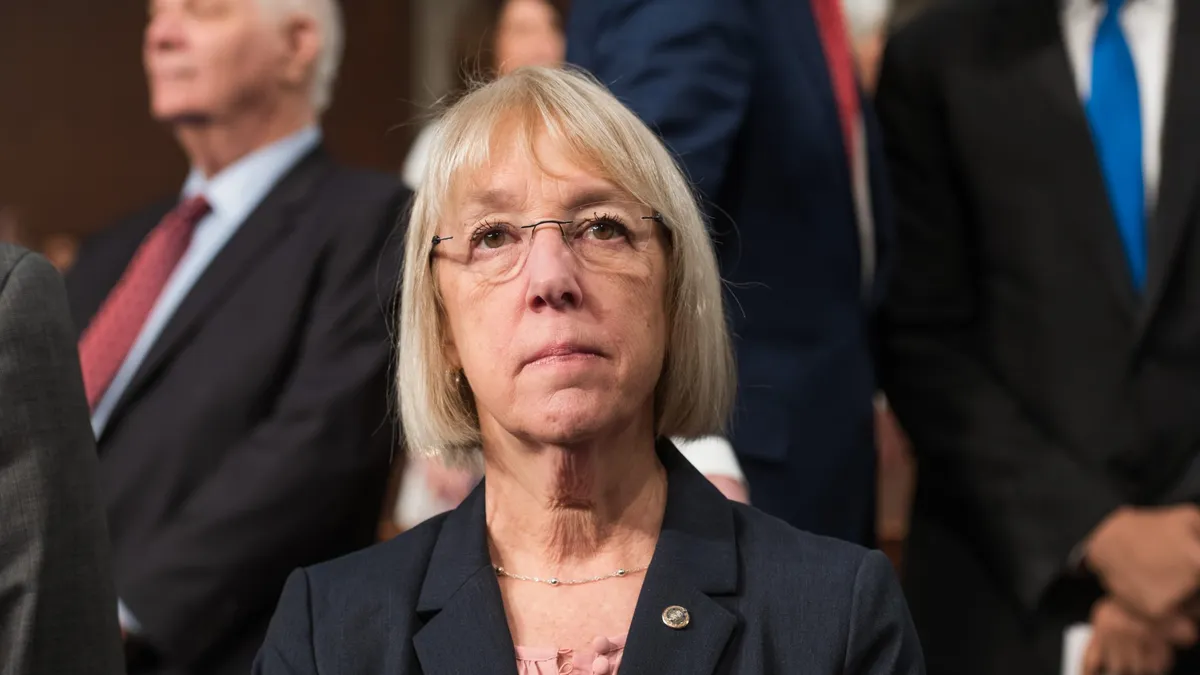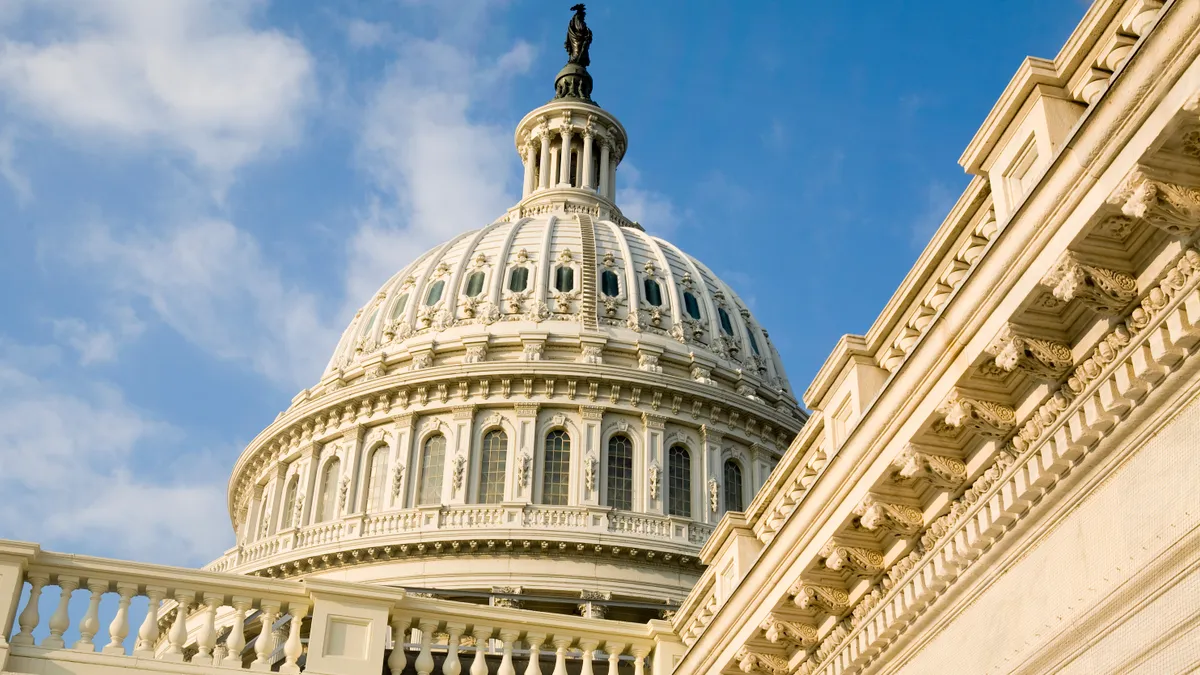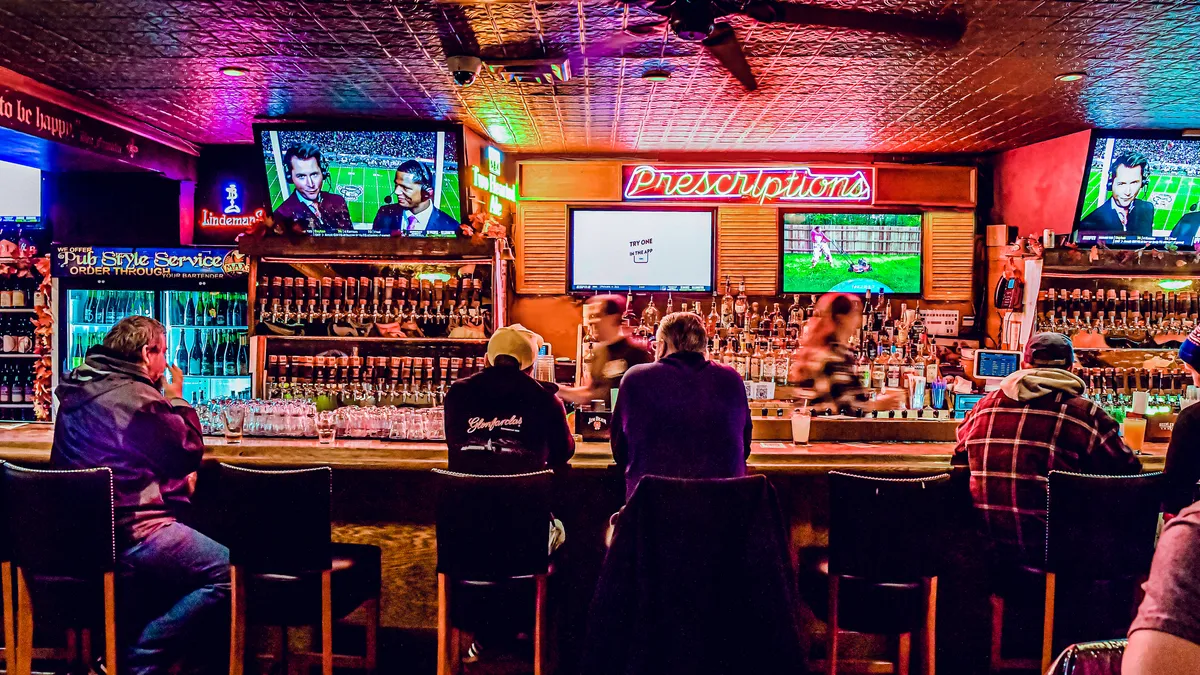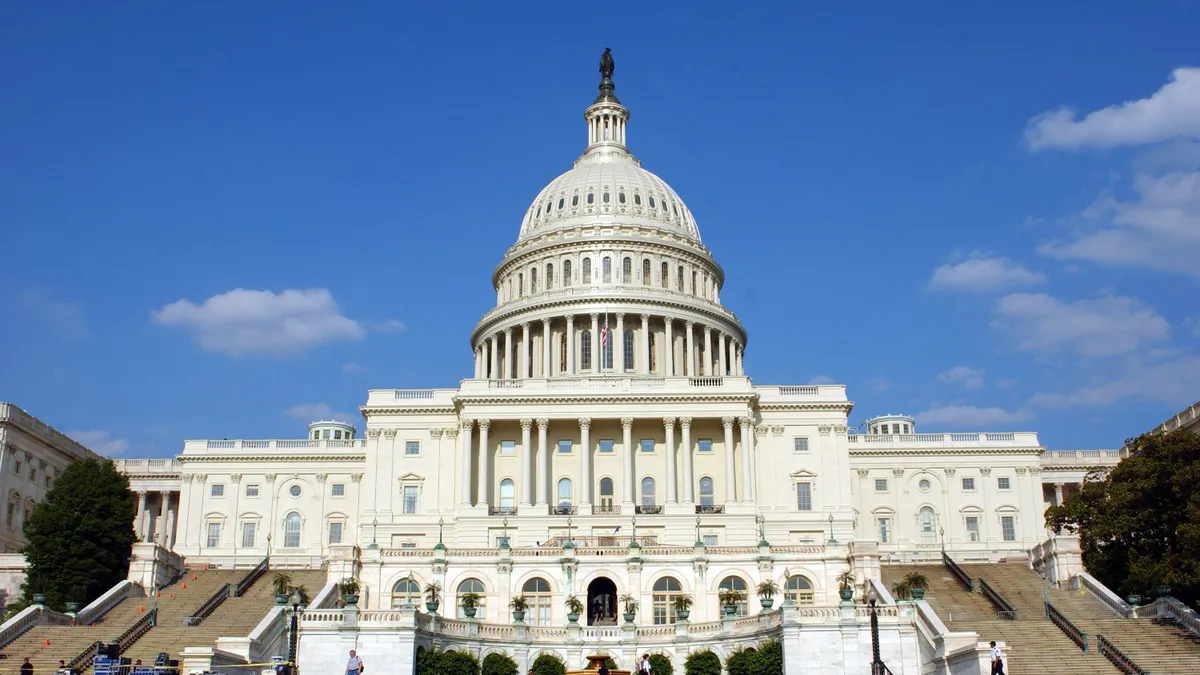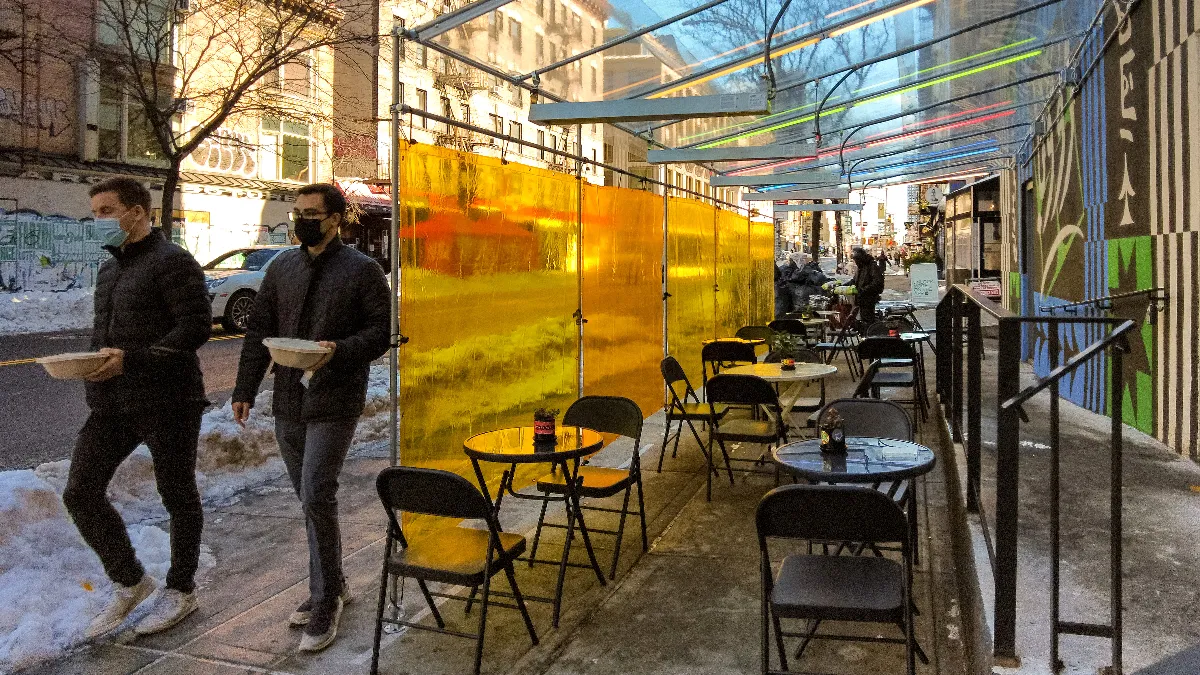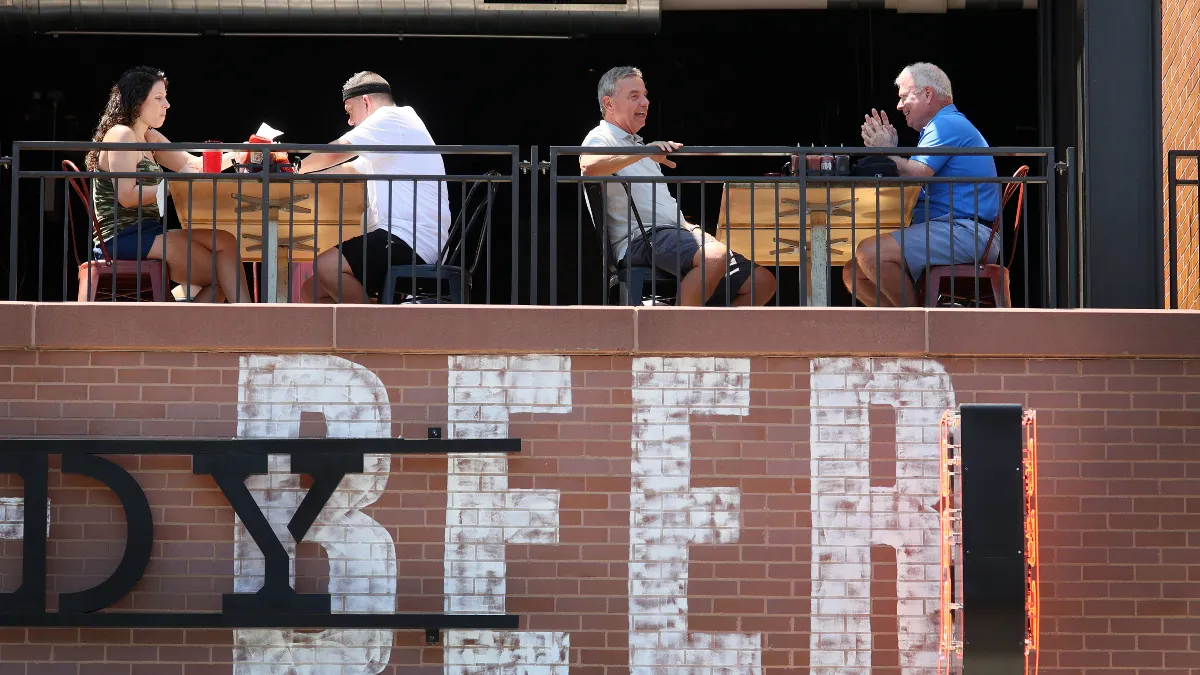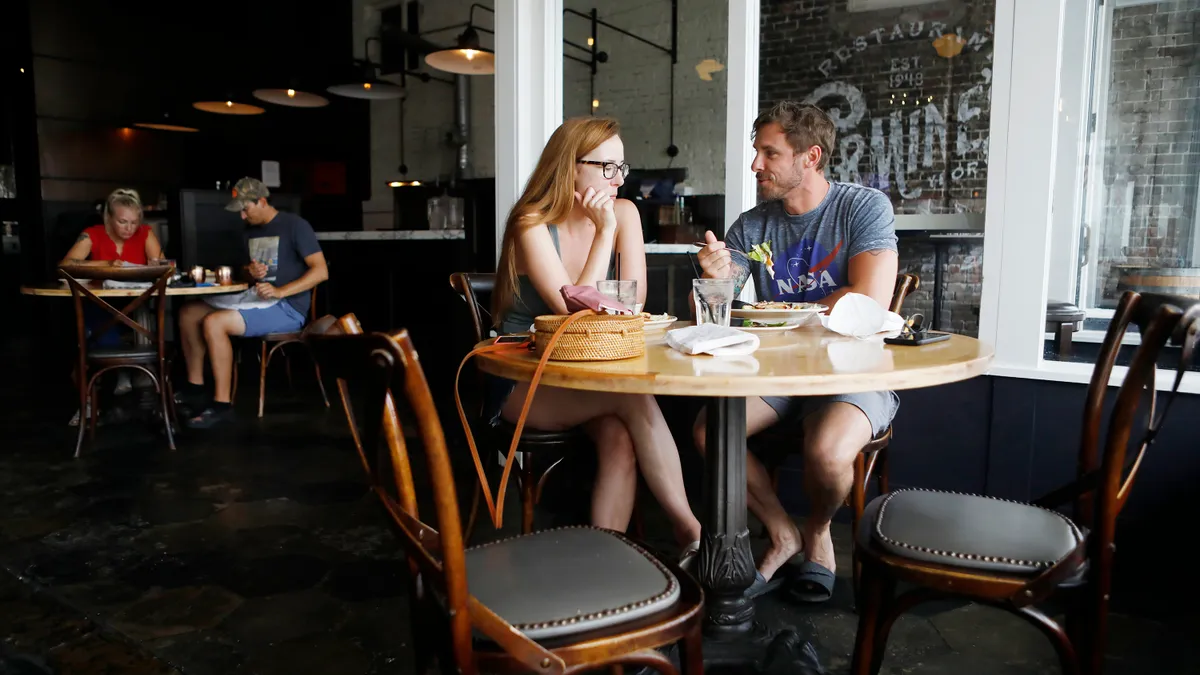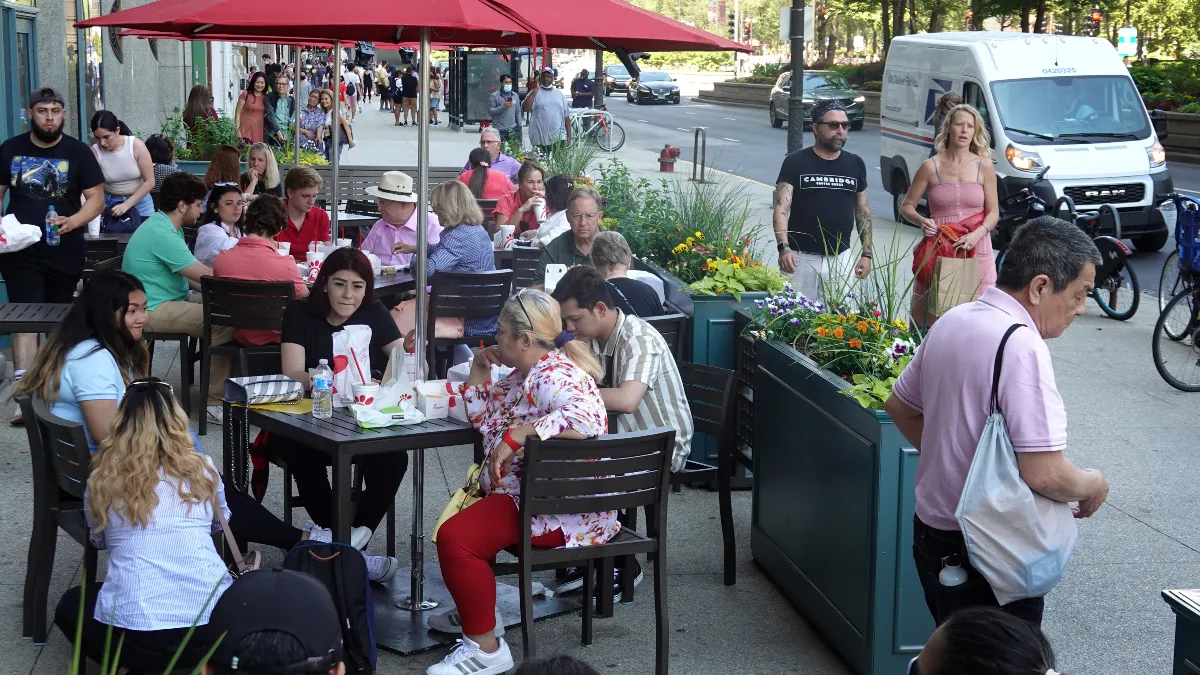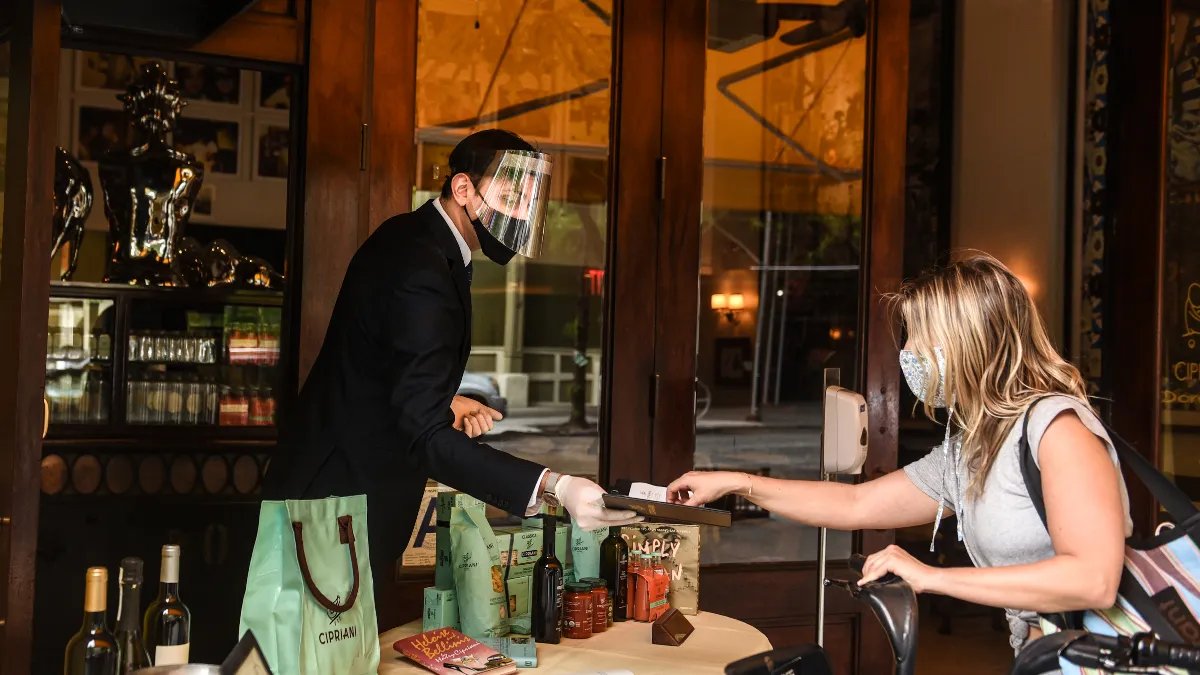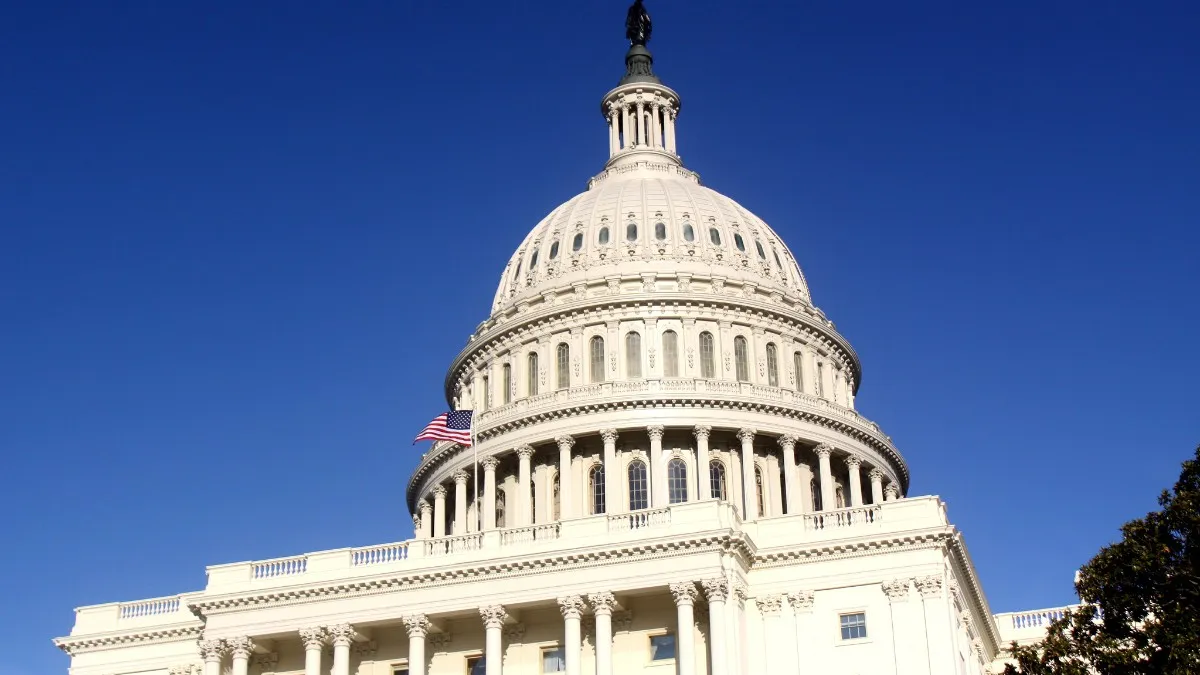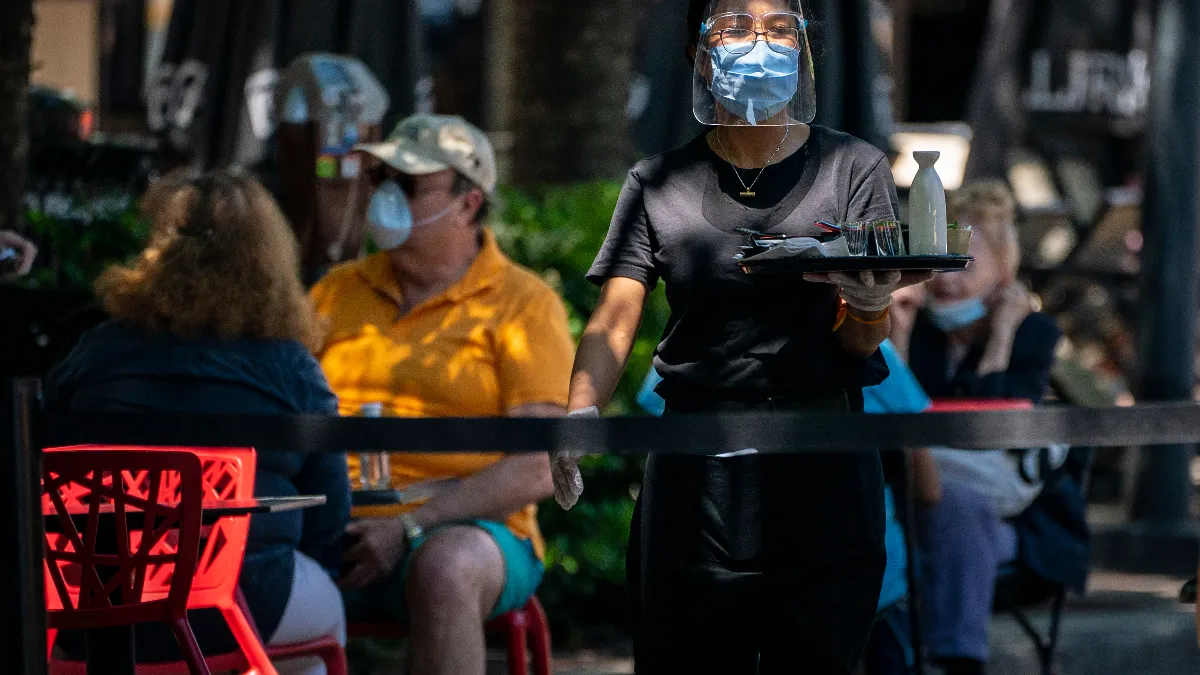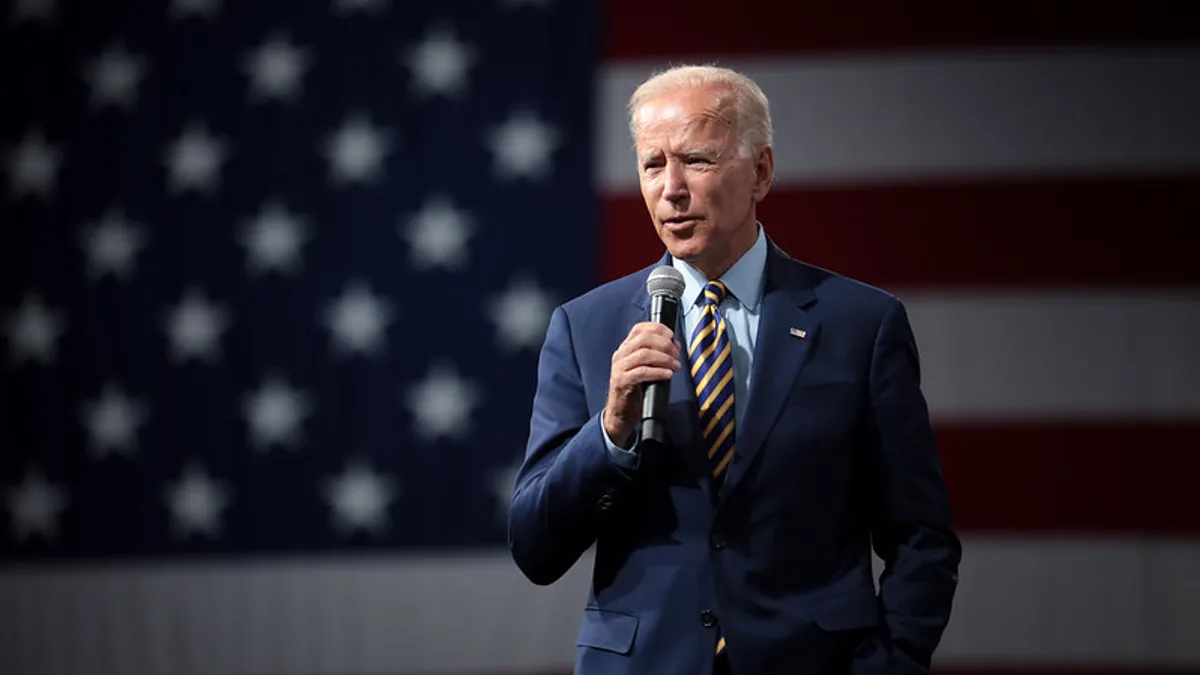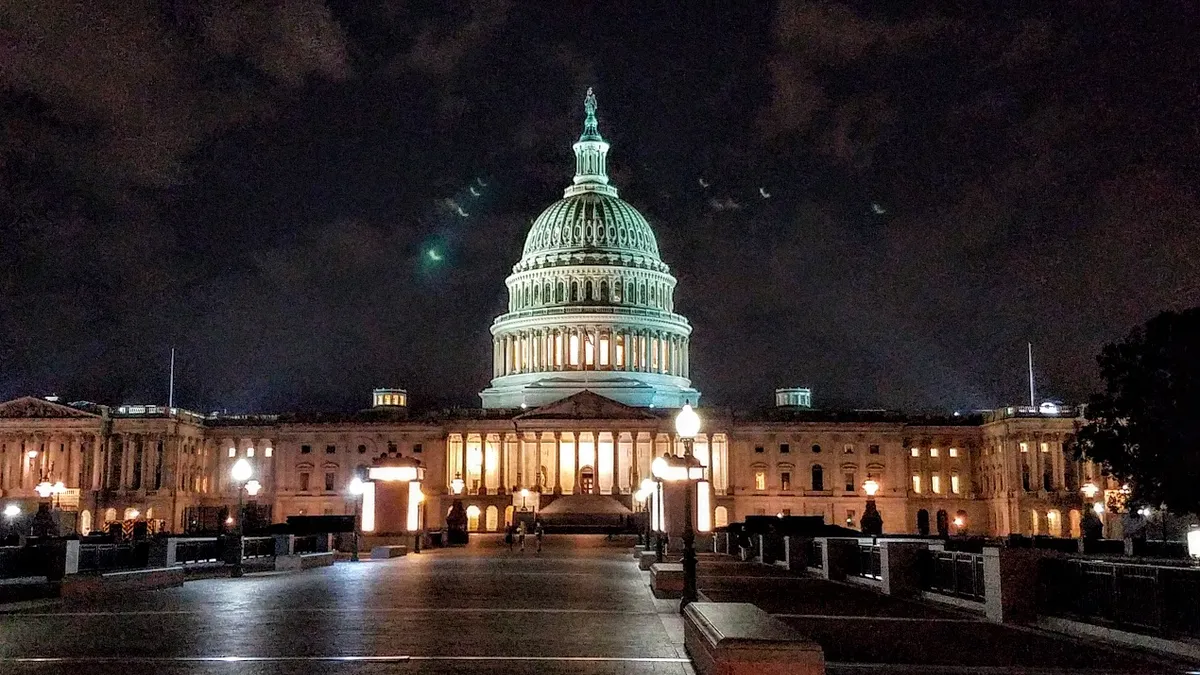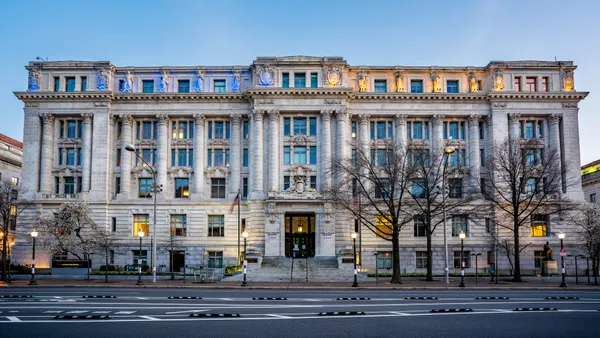Dive Brief:
- The U.S. Small Business Administration provided an update on the Restaurant Revitalization Fund, including which states received the most RRF grant money: California ($5.7 billion), New York ($3.6 billion), Texas ($1.6 billion), Illinois ($1.4 billion) and Florida ($1.3 billion).
- This distribution reflects the states with the five largest restaurant industries, though in a slightly different order. According to the National Restaurant Association, California generated $97 billion in restaurant sales in 2018 (the most recent available data), compared to $51.6 billion for New York, $66 billion for Texas, $50.1 billion for Florida and $30.1 billion for Illinois.
- RRF's distributed grants range from $50,000 and under to $10 million. The majority of grants (25.7%) were for between $150,000 and $350,000, while the second largest pot of funds (just over 24%) was for grants of $50,000 and under. But less than one-third of applicants received any funds, and the remaining applicants could go without federal grants unless Congress refills RRF.
Dive Insight:
Despite RRF's aim to provide a lifeline for operators struggling in the wake of the industry's worst year on record, nearly 200,000 applicants have been left behind.
While initial reports indicated that 370,000 operators submitted applications representing $76 billion in requested funds, the SBA said in a press release Friday that it received 278,000 eligible grant applications, which totaled $72 billion.
As of June 30, the SBA approved 101,004 grant applications representing roughly $28.6 billion, or the program's funding cap. This leaves over 177,000 applicants waiting for federal aid and more than $43 billion in requested funds outstanding.
A total of 19 states — California, Colorado, Florida, Georgia, Illinois, Louisiana, Maryland, Massachusetts, Michigan, Minnesota, New Jersey, New York, North Carolina, Ohio, Oregon, Pennsylvania, Texas, Virginia and Washington — requested over $1 billion in grants from the RRF, but just five received such an amount.
Total Restaurant Revitalization Fund money distributed by state
The SBA closed the RRF last week and plans to disable access to the portal on July 14. However, lawmakers, in collaboration with the NRA and the IRC, are pushing to add an additional $60 billion to the fund. This proposed legislation has bipartisan support, but it seems unlikely that a cash infusion would be approved — and fulfilled — before the portal shuts down in less than a week.
Despite judges in Texas and Tennessee issuing injunctions that stated RRF's priority period, which focused on underserved populations, was unconstitutional, the SBA issued $18 billion in funds to these demographics. Within those populations, women-owned business received $7.5 billion while social and economically disadvantaged-owned businesses received $6.7 billion. Still, thousands of restaurant owners who thought they were getting funds instead received letters that their grants were rescinded.
Still, this doesn't mean that applicants who have not received funding will be left behind. The SBA will hold these applications within the RRF platform in the order received and "if/when the program is replenished, they will work from the beginning of the queue," the NRA said in an email.
The status of the thousands of RRF applicants who were originally prioritized during the first three weeks of the program but later had their approvals rescinded after court injunctions were issued is unclear, however. The SBA said these applicants would only receive funds once the SBA "completes processing all previously filed non-priority applications, and only then if the RRF is not exhausted." In its update, the SBA did not share information about how many of these applicants — if any — received funding this way, or how many operators had their grant approvals revoked.
In a statement issued by the IRC following last week's announcement that the RRF will close, Executive Director Erika Polmar said, "The vast majority of independent restaurants and bars suffered over sixteen months of losses without any meaningful relief. They face inflated costs of supplies, customers less willing to dine out, and debt and back rent that will soon come due through no fault of their own … Congress must finish the job and refill the fund to ensure every independent restaurant can survive and thrive."
Though the industry has reopened at or near full capacity across the country, it's clear many restaurants are still at risk of closure. In June, for example, nearly 40% of operators said they couldn't afford to pay rent.

